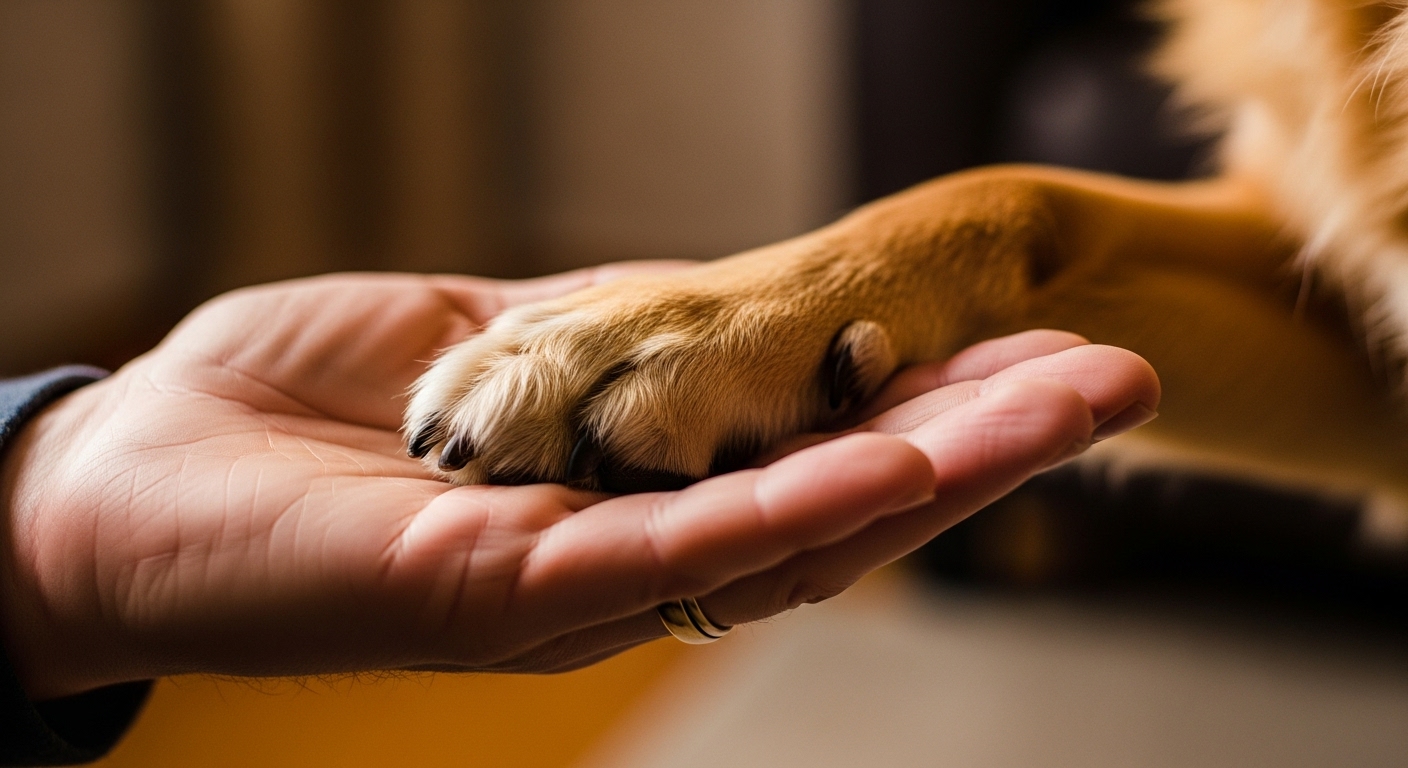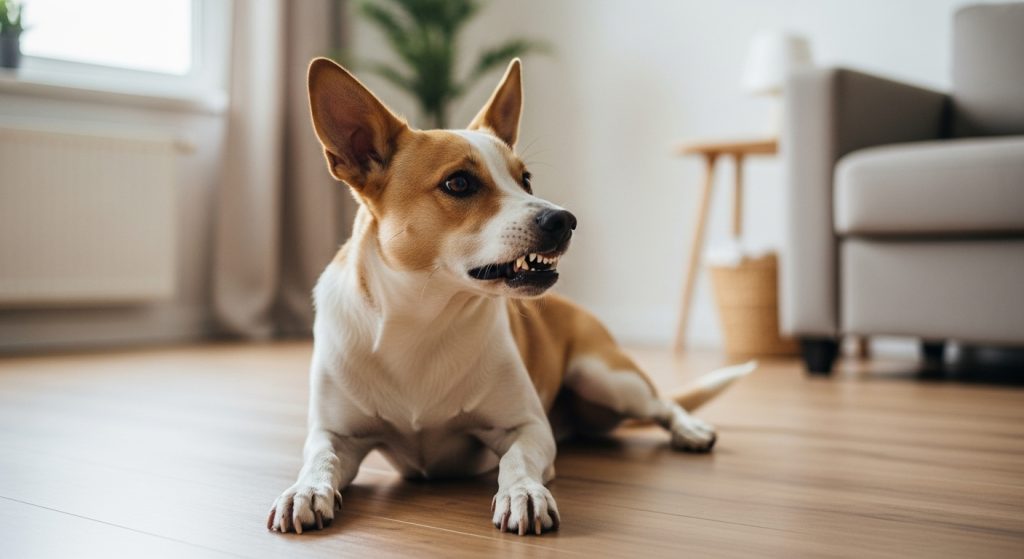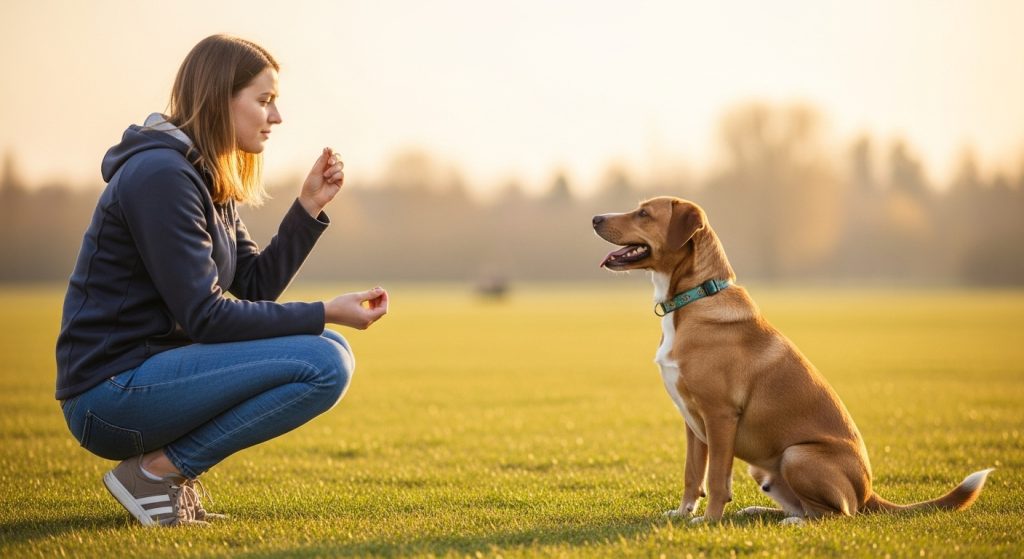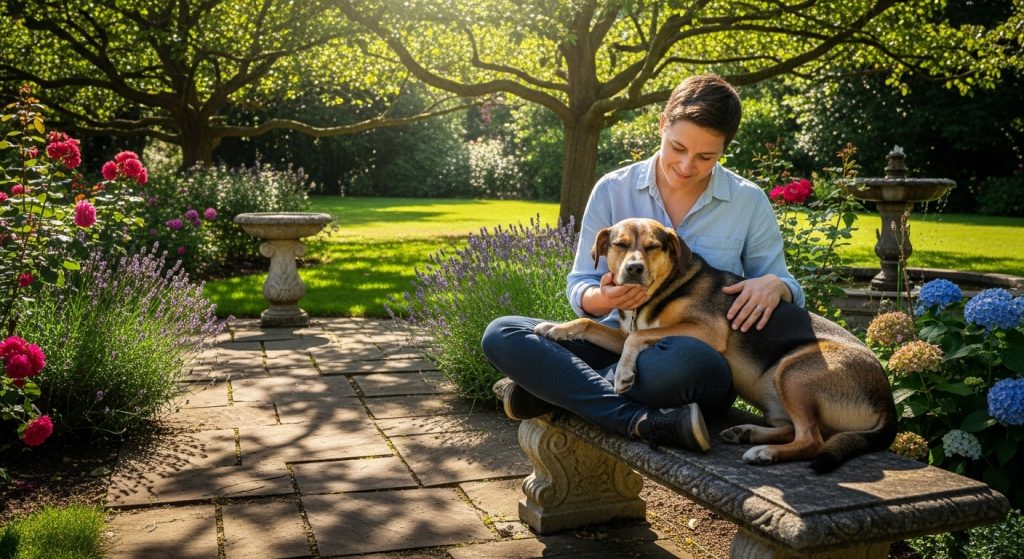Understanding Why Dogs Become Aggressive
Aggression in dogs can be alarming, especially when it appears suddenly or escalates without warning. However, aggressive behavior in dogs doesn’t always mean your pet is dangerous — it often signals fear, anxiety, pain, or confusion.
Common Causes of Aggression
Every behavior has a root cause. Before correcting aggression, it’s crucial to identify what triggers it. Some of the most common causes include:
-
Fear-based aggression: Often occurs when a dog feels cornered or threatened.
-
Territorial aggression: Triggered when someone enters a dog’s perceived space or home.
-
Protective aggression: Happens when dogs guard family members or puppies.
-
Possessive aggression: Directed toward people or animals who approach their toys or food.
-
Pain-induced aggression: Dogs in pain might react defensively when touched.
-
Frustration aggression: When a dog can’t reach something it wants (like another dog behind a fence).
Recognizing which of these applies to your pet is the first step to solving the problem safely.
Early Warning Signs You Shouldn’t Ignore
Aggression rarely comes out of nowhere. Dogs often show subtle warning signs long before they bite or lunge. Watch out for:
-
Stiff body posture
-
Intense staring
-
Growling or snarling
-
Ears pinned back
-
Raised hackles (hair standing on their back)
-
Tail held high and rigid
Early intervention can prevent escalation. The moment you notice these signs, it’s time to respond calmly — not with punishment, but with understanding.
Safe and Gentle Ways to Correct Aggressive Behavior
Correcting aggressive behavior in dogs requires patience, consistency, and compassion. Harsh punishment, yelling, or physical correction only make things worse by reinforcing fear and mistrust. The goal is to teach your dog alternative behaviors and rebuild emotional safety.
Step A: Stay Calm and Control the Situation
Your energy influences your dog’s reactions. If you panic, yell, or move quickly, the dog will interpret it as a threat. Instead:
-
Keep your tone low and calm.
-
Avoid direct eye contact if your dog is tense.
-
Move slowly and give them space.
If the aggression happens toward other animals or people, remove the dog from the trigger gently without pulling or shouting.
Step B: Identify and Remove Triggers
Observe when aggression occurs. Is it during feeding, when guests arrive, or when the dog sees other dogs? Once you identify triggers, manage the environment:
-
Feed in a quiet room to avoid resource guarding.
-
Use a leash or baby gate to prevent unwanted interactions.
-
Introduce triggers slowly and positively over time.
Step C: Use Positive Reinforcement Training
Reward calm behavior instead of punishing aggression. For example:
-
When your dog stays relaxed around another dog, give treats.
-
Teach the “Look at me” command to redirect attention.
-
Praise your dog for walking calmly past triggers.
Consistency is key. Dogs repeat behaviors that earn rewards.
Step D: Avoid Physical Punishment
Never hit, yell at, or use shock collars to stop aggression. These methods might suppress the behavior temporarily but increase fear long term. Fearful dogs are more likely to bite when cornered.
Instead, focus on building trust through gentle redirection, positive association, and structured training routines.
Long-Term Behavior Change and Professional Help
Correcting aggressive behavior in dogs safely isn’t about quick fixes — it’s a long-term process of retraining and rebuilding emotional confidence.
Strategy 1: Establish Clear Boundaries and Routine
Dogs thrive on structure. Having predictable routines helps reduce anxiety and unwanted aggression.
-
Feed and walk at consistent times daily.
-
Teach calm waiting before meals or going outdoors.
-
Reinforce boundaries with firm but gentle leadership.
When your dog knows what to expect, they feel more secure and less reactive.
Strategy 2: Work with a Professional Behaviorist
If aggression persists or escalates, seek help from a certified dog behaviorist or trainer specializing in aggression. Professionals can:
-
Evaluate the cause of aggression through observation
-
Create a step-by-step desensitization and counterconditioning plan
-
Coach you on handling triggers safely
Working with experts ensures you address the root cause — not just the symptoms.
Strategy 3: Improve Physical and Mental Health
Dogs with excess energy or poor health can act out more often. To prevent aggression, make sure your dog gets:
-
Regular exercise: Daily walks, agility games, or playtime.
-
Balanced diet: High-quality food promotes stable energy levels.
-
Mental enrichment: Puzzle toys, sniffing games, and training challenges.
Tired, mentally engaged dogs are calmer and more content.
Strategy 4: Practice Patience and Consistency
Behavioral change doesn’t happen overnight. Progress may be slow, and setbacks are normal.
Always celebrate small wins — a calm reaction, a shorter growl, or successful redirection — as milestones of trust.
Aggressive behavior can be corrected safely with love, structure, and patience. Over time, your dog will learn that peace brings rewards and safety, not fear or punishment.
Correcting aggressive behavior in dogs safely is about understanding, not domination. By identifying triggers, applying positive reinforcement, and maintaining calm leadership, you help your dog rediscover safety and trust.
Aggression is not a personality flaw — it’s a response to fear or confusion. With consistent care, professional guidance, and empathy, even the most reactive dogs can transform into calm, loving companions.




